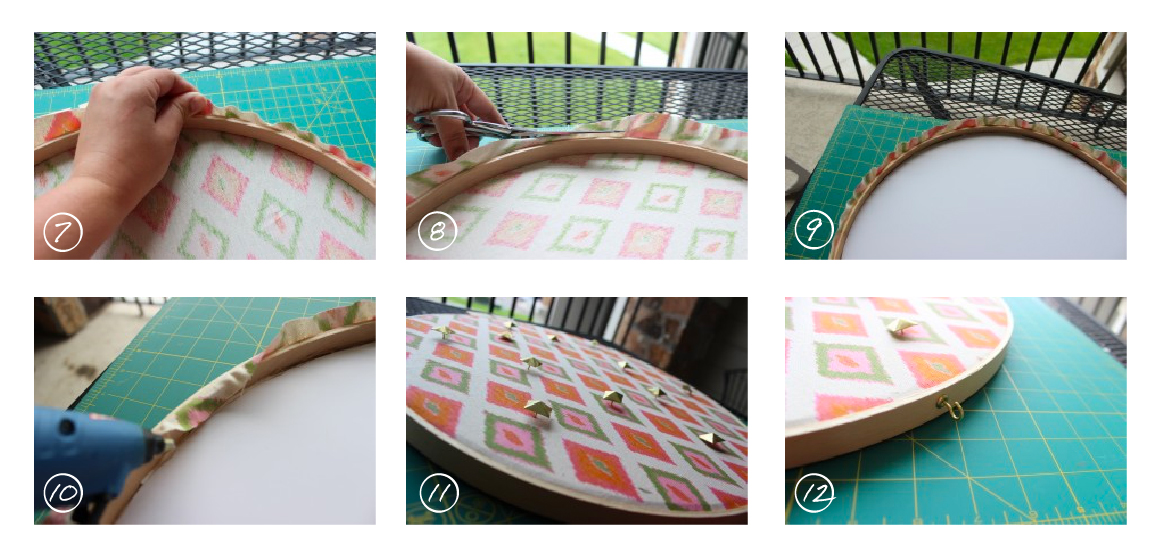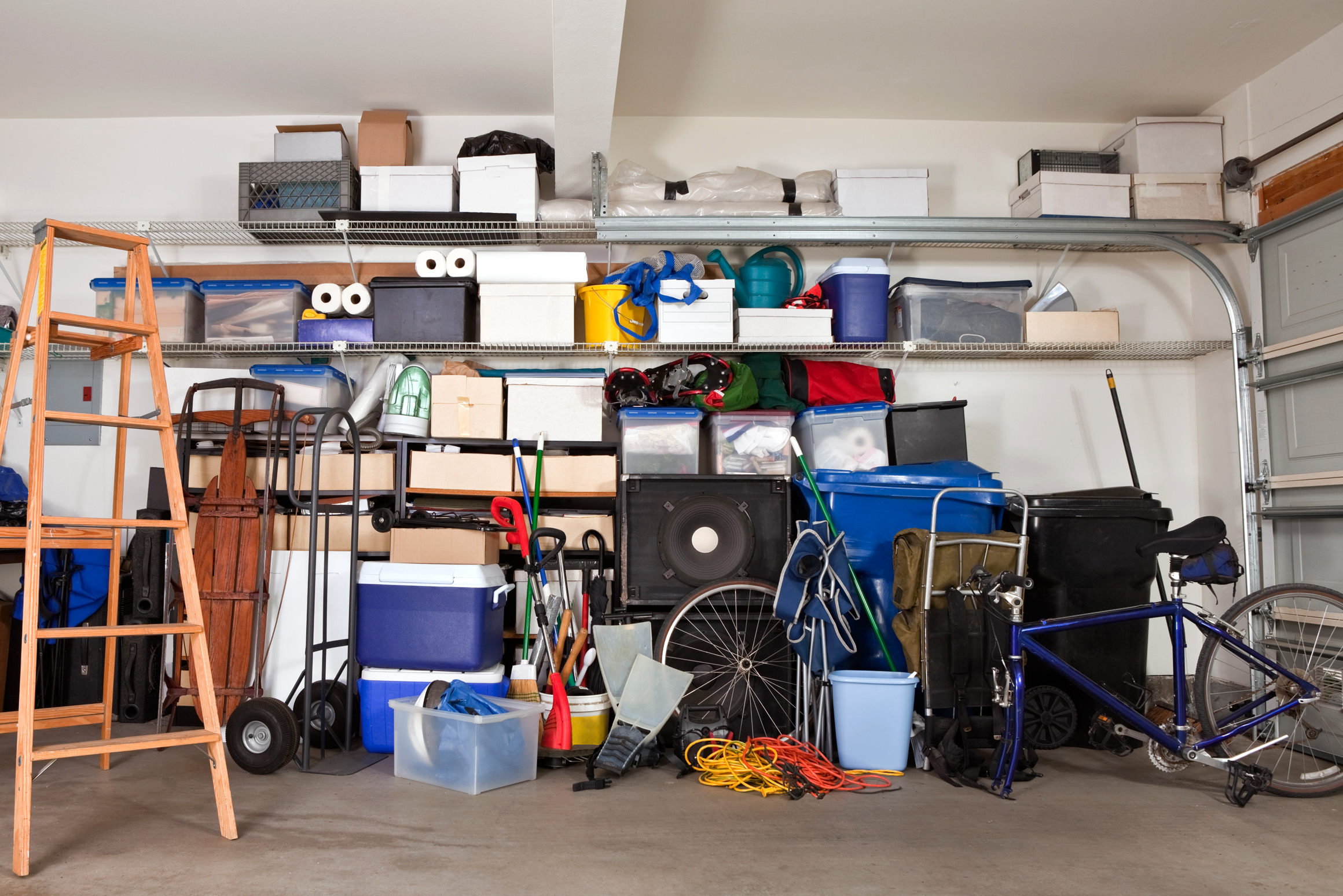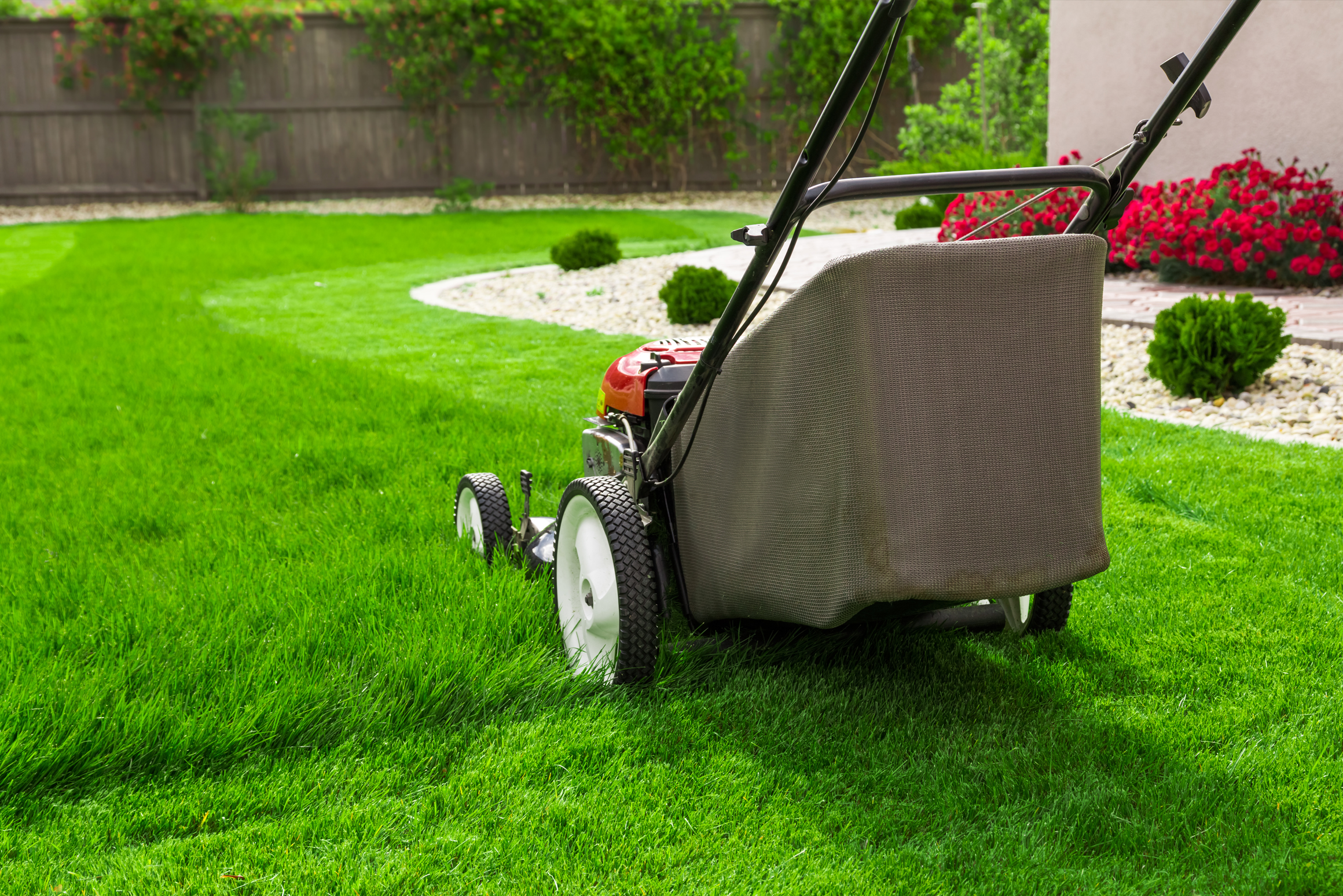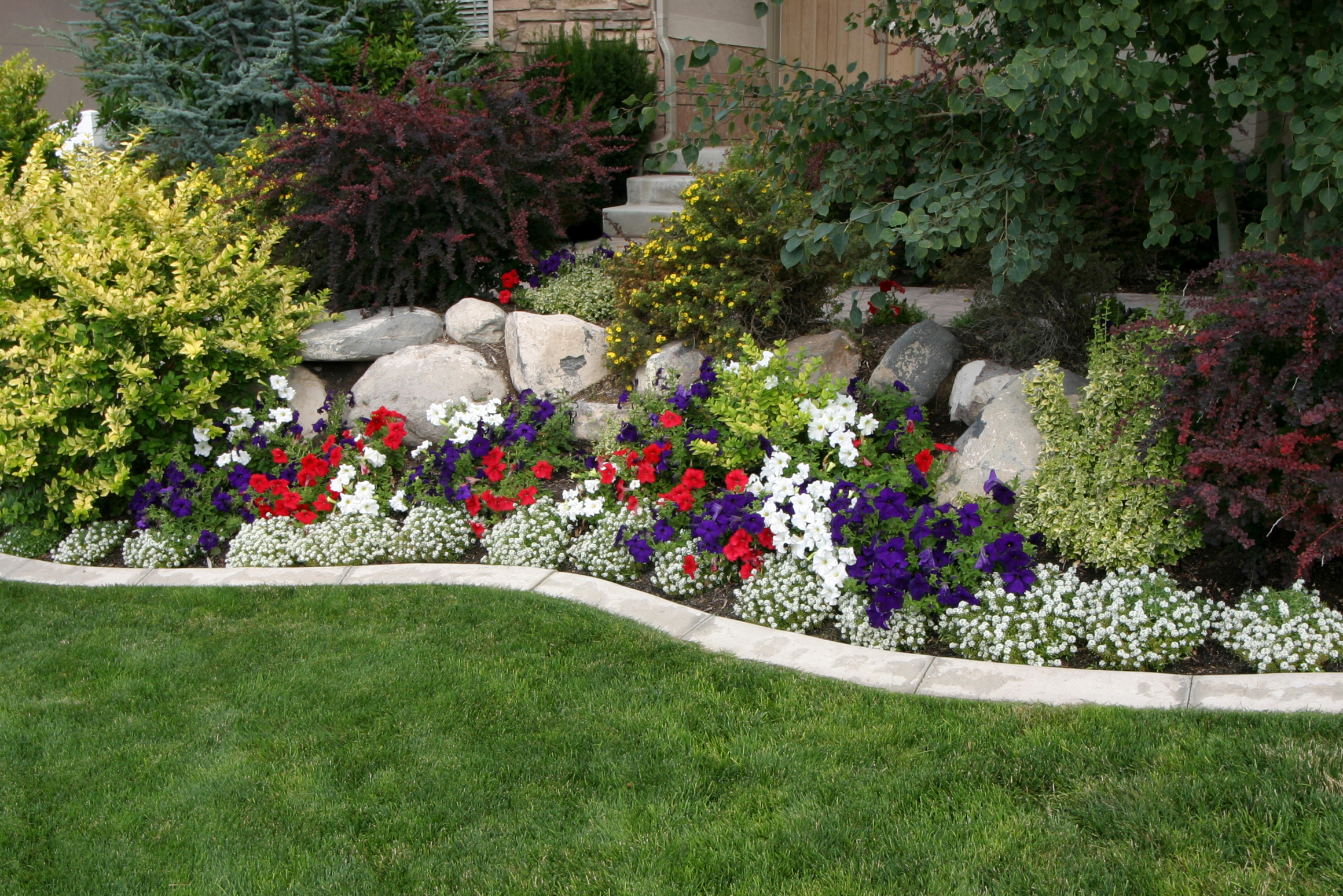One of the best things about a smart home is that it can be customized to accommodate your preferences and anticipate (almost) every need. But what happens when you decide it’s time to move? We’ve compiled this handy guide to mastering the art of moving in the age of smart homes.
Moving Out of a Smart Home
You probably already have a smart home hub that connects your security system, lights, and thermostat, all while turning on your coffee maker every morning. But some automated systems require control panels to be installed and wired right into the walls of your home, which makes relocating difficult. If you have to say goodbye to some or all of your current smart home tech, here’s how to do it right:
- Take inventory: Make a list of all your connected devices, user manuals, vendor websites, customer support contacts, and any other information relevant to your smart home system.
- Get disconnected: You don’t want the new owners of your home to have access to your information. As soon as you know your move-out date, take action to disable all administrative and user access.
- Let everyone know: Alert vendors and manufacturers about the pending change in ownership, and leave the vendor information and equipment manuals with your real estate agent to hand over to the next occupants.
- Clean the slate: It’s likely that your temperature preferences will not be the same as the next owners’. Reset programmed or learning devices, like smart thermostats, to factory defaults. This makes it easy for the next family to train the system their way.
- Update software: This is a security must — for both you and the people who will be moving in. Make sure all smart devices and software are up-to-date to ensure the latest security and encryption protection from hackers.










